An event within the scope of the be@t project marked the presentation of the Textile Sorting Pilot Unit – an infrastructure incorporating solutions developed by INESC TEC, capable of processing around 50 tonnes of waste per year.
“How can textile circularity be stitched together?” This bold question set the tone for a seminar organised by LIPOR, in collaboration with CITEVE and other partners of the be@t project – including INESC TEC. The event aimed to foster collaboration between different stakeholders through the sharing of experiences and best practices, promoting the transition towards circular and bio-based economic models in the textile and clothing sector. One of the highlights was the LIPOR Textile Sorting Pilot Unit.
This is a “pioneering national facility”, significantly shaped by INESC TEC’s contribution: a “complementary computer vision system capable of classifying fibres and improving the accuracy of the sorting process,” explained Luís Rocha, researcher at INESC TEC and one of the event’s speakers. But what makes this infrastructure so innovative?
Dedicated to post-consumer textile waste sorting, based on fibre composition, the unit allows for the recovery and valorisation of textiles. It can process approximately 50 tonnes of waste annually, using advanced technology to separate materials by composition and colour – leading to more efficient and sustainable waste management.
A sector in need of closing the loop
According to European Parliament data, average textile consumption per person reached 19 kg in 2022, while each person discarded around 12 kg of clothing. Hence, textile circularity is at the heart of climate and sustainability debates. According to Luís Rocha, the challenges fall under three main categories: technical, economic, and regulatory.
From a technical perspective, the “heterogeneity and large volume of textile waste” hinder precise sorting, especially when “fibres are blended.” “Although automatic sorting technology is progressing, it still faces challenges in achieving scalability and ensuring the quality of recycled products, particularly for complex fibres,” he explained.
Economically, the “high cost of recycling technologies” and “lack of market incentives” have left recycled products at a disadvantage compared to conventional ones. And from a regulatory point of view, the “absence of harmonised European standards on recycled content, traceability, and extended producer responsibility” still limits the scalability of recycling solutions.
Structured around four main pillars, the be@t project seeks to address these challenges and accelerate the “adoption of sustainable value chains”. The Biomaterials pillar focuses on implementing and promoting “new processes for functional textile products made from bio-based raw materials, sourced from the forestry and agro-food sectors.”
The Circularity domain focuses on reusing post-consumer fibres, reintroducing them into the production cycle through optimised recycling methods. It also aims to “encourage the use of waste materials from other sectors – as ingredients or raw materials for new textile functionalisation processes.” The principle of Sustainability runs through the entire project – strengthening the sector’s capacity to achieve zero waste, decarbonisation, circular economy, and transparency, all of which are key to a sustainable bioeconomy.
Finally, the project emphasises the importance of Communication and Awareness, encouraging consumers and industry stakeholders to support repair, reuse, and upcycling, and to strengthen the global presence of the Responsible Textiles from Portugal brand.
Weaving together technology and sustainability
As a project partner, INESC TEC has already left a mark on several technological solutions – particularly in textile waste recycling – with the goal of promoting circularity.
One standout contribution is a fibre classification system that combines a Specim FX17 hyperspectral camera with neural networks. This technology “classifies textile waste according to fibre composition, overcoming the limitations of traditional optical sorting systems, which often fail to distinguish correctly between cellulosic fibres (e.g., viscose and lyocell) and synthetic fibres.” The solution developed by INESC TEC, integrated into LIPOR’s Textile Sorting Pilot Unit, “not only allows detailed identification of natural, synthetic, and cellulosic fibres, but also evolves to handle mixed samples, making the system more robust and efficient”.
Another major innovation is an automatic accessory removal system that combines robotics, planar cutting technology, and computer vision. This solution stands out for the ability to preserve textile integrity even after removing components like buttons, zips, or labels – unlike current market alternatives, which rely on “high-temperature or shredding processes that degrade material quality and limit reuse”.
“These technological innovations represent a major leap from existing market solutions, particularly in preserving textile integrity and enabling upcycling processes,” said Luís Rocha. With a strong role in designing and implementing these solutions, INESC TEC plays a “strategic and technological” role within the be@t project, exploring “core and disruptive technologies like robotics and Artificial Intelligence”.
INESC TEC also contributed to the technical and conceptual development of the be@t platform, designing an architecture and solution to enable data collection and interoperability across the value chain. “Our contribution focused on designing an architecture that ensures data sovereignty and traceability among entities in the value chain, promoting trust and transparency in information flows,” explained Ana Carolina Chaves. The architecture includes multiple digital components (ERPs, connectors, and blockchain technologies) to ensure interoperability between heterogeneous systems.
With these contributions, INESC TEC reinforces the active role in addressing complex global environmental challenges. The solutions presented also comply with European legislation, particularly the requirements for “selective textile waste collection and the ban on sending textile waste to landfills or incineration”.
The researcher mentioned in this news piece is associated with INESC TEC.


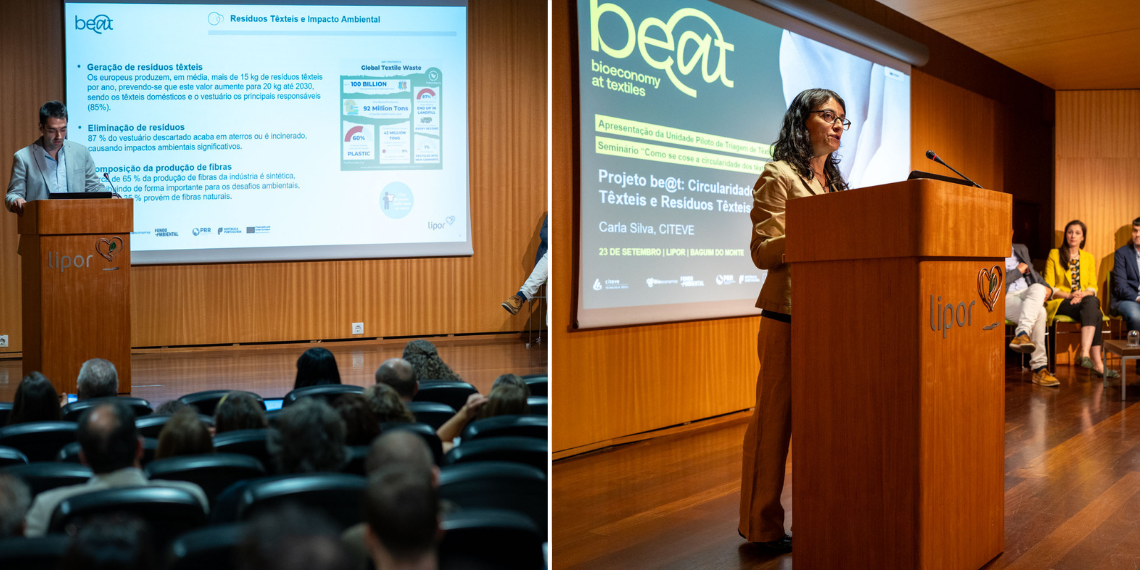
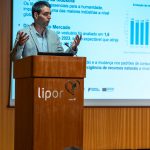
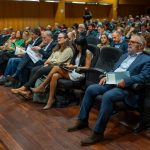
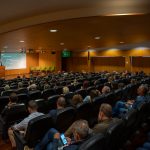
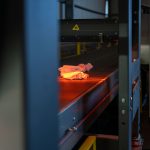


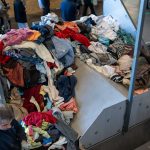
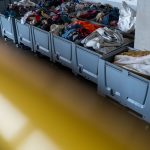
 News, current topics, curiosities and so much more about INESC TEC and its community!
News, current topics, curiosities and so much more about INESC TEC and its community!